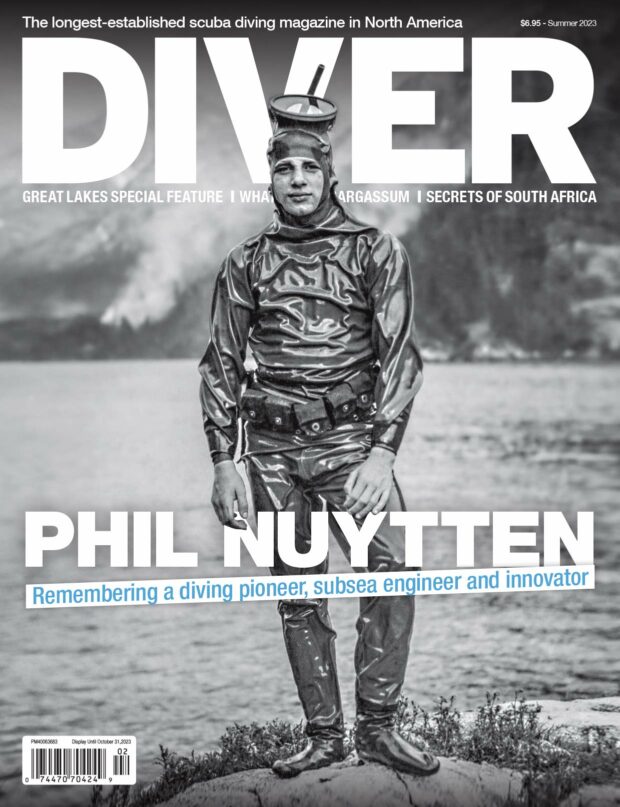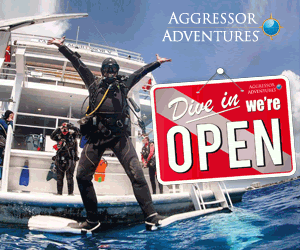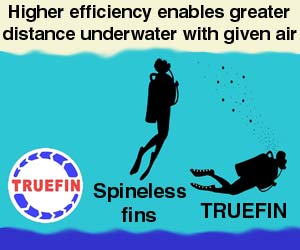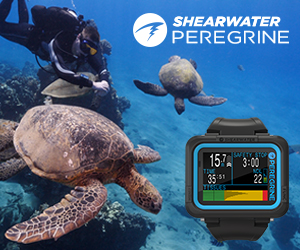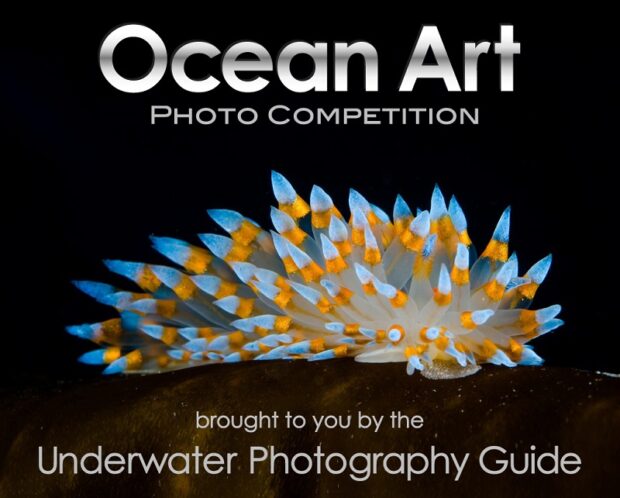Salmon: Lifeblood of the Pacific Northwest
By Jean-Michel Cousteau
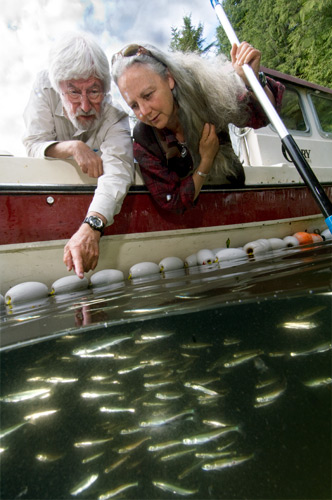
The biological clock of the Pacific Northwest is set to the rhythm of the ebb and flow of five different species of Pacific salmon: Chinook, Chum, Coho, Sockeye and Pink. Preparing to spawn, adult salmon travel upstream from the open ocean along coastal rivers and streams. Later, after they develop into smolt – tiny salmon – they swim back downstream and into the open ocean, where some species may spend up to six years feeding in deeper oceanic waters. The shallows of the shaded coastal rivers and streams are perfect refuge for the eggs and developing young. It is here where the adults perform the last, and most important, task of their lives just before they die – releasing eggs and sperm to create the next generation and ensure the continuity and genetic diversity of salmon. The adult salmon leave another gift: the nutrients from their bodies fertilize the river bushes and trees, recycling dead salmon back into the living system; there is no waste in nature. This gift directly connects the land to the sea.
The journey of salmon is an ancient migration that supports a complex web of life. In British Columbia two populations of resident killer whales arrive annually like clockwork in the inlet passages, following the runs of adult salmon as they travel to the river mouths and upstream. On land, black and brown bears will travel hundreds of miles to greet the salmon at their final resting place. Unfortunately, in the last century, and especially in the last two decades, this biological clock has changed, with ramifications that ripple through entire ecosystems and place economic hardship on coastal human communities.
Last August, nine to 11 million sockeye salmon went missing from the Fraser River in British Columbia; only 1.7 million fish swam up river. The Fraser River was once known as the world’s most fertile spawning ground for sockeye. What happened to the missing fish? What caused their demise? Climate change? Habitat degradation? Overfishing? Or a more direct insult: the excessive presence of sea lice from farmed salmon in open net pens in the general vicinity of migrating young, vulnerable fish?
There are many possible reasons why we may be seeing this decline in salmon in this river and other rivers in British Columbia. Alexandra Morton, biologist with the Raincoast Research Society and featured in our PBS/KQED TV special, Call of the Killer Whale, has been warning the Canadian government of the potential collapse of the Fraser salmon population due to sea lice infestations from open net farmed Atlantic salmon. The wild salmon are exposed to sea lice, viruses and bacteria from the farmed salmon that are treated with antibiotics and delousing chemicals. Of 350 Fraser sockeye salmon surveyed by Ms. Morton in 2007 (the same generation that didn’t return last year), some carried up to 28 sea lice each. The parasitic lice weaken the fish and lessen their chances of surviving their two years at sea. But the government has refused to accept findings of the scientific studies and is still in denial about the impact from farmed salmon in BC. But for everyone else – First Nations people, scientists, NGOs and local community members – the verdict is in: for wild salmon to thrive in British Columbia, industrial salmon farms have to be removed from the migratory routes of wild salmon or put in closed, contained systems on land so the waste, chemicals and parasites do not destroy the surrounding marine ecosystem. I believe this is a viable alternative to open net cages, but consumers need to put pressure on industry and government to make the change. We need to support companies that are already practicing this innovative technology. We also need to support companies farming herbivores not carnivores; on land this is the equivalent of farming cows not lions.

In British Columbia, salmon farms began as small operations; today three different Norwegian corporations own 90 percent of the salmon farms. Norway has dominated the international aquaculture industry with the majority of their farms in Norway, Scotland, Chile and Canada. The rest of the world knows that open net cage salmon farms are damaging to the surrounding environment. The once prolific Chilean salmon farming industry has collapsed due to uncontrollable disease outbreaks. Why is there such a demand for a farmed fishery with so many environmental flaws? Because we as consumers do not know any better and continue to purchase farmed salmon.
The impacts of many aquaculture businesses continue to mount as the industry expands around the world. In a recent report from the Proceedings of the National Academy of Sciences, a team of international scientists states that half of all the fish eaten in the world today are raised on fish farms rather than caught in the wild. And although the aquaculture industry has made giant strides in production while trying to decrease environmental impacts, this industry is still putting huge strains on marine resources by using large amounts of feed made from wild fish. In British Columbia, one pound of farmed salmon requires over 2.5 pounds of wild fish, mostly from smaller species like anchovies and herring! This places tremendous pressure on these already strained fisheries.
When we protect the ocean, we protect ourselves and when the ocean suffers, so do we. Last year the collapse of salmon fisheries in California and Oregon required $170 million dollars in disaster relief for those dependent on the fishery for their livelihood. It is unclear how much the scarcity of salmon will cost the fishing industry in Vancouver; however, of particular concern are the many native people who live along the river and depend on salmon for sustenance. How did we reach this dire situation?
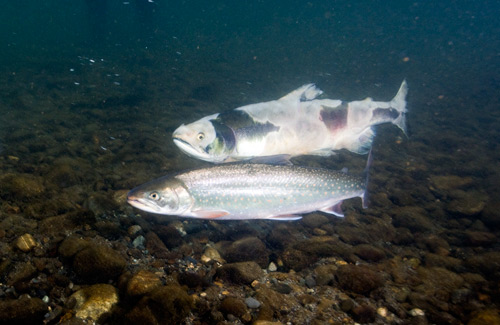
Salmon are under attack from many different fronts and everyone wants to blame someone else. We have to admit, salmon aquaculture has spawned a myriad of serious environmental consequences. And now we are experiencing the consequences of not placing priority on the protection of valuable wild salmon populations as an ocean resource. It takes great courage to act in the interest of the environment over commerce, but the protection of our wild salmon is now an economic issue. The loss of these salmon is affecting peoples’ lives in addition to the balance of the ecosystem. We cannot afford to delay taking action any longer; we just hope it is not too late. I always remain optimistic. At the same time that the nine to 11 million sockeye salmon went missing from the Fraser River in BC, Atlantic salmon returned to the Seine River in France after an absence of almost a century. The effort to clean up the river has given this population of salmon a chance to return to its ancient migration route and bring its gifts from the sea back to the land.
Around the world salmon and other large fish species are disappearing on our watch. Only in the last twenty-five years have we exceeded the sustainable yield of our global oceans. Global fisheries peaked in 1988 and have been steadily declining ever since. It is time each and every one of us take ownership in the long-term productivity of our oceans. Can you look into the eyes of a five-year-old and tell him or her you’re doing the best you can? We all need to be able to say yes!
Leave a Comment

